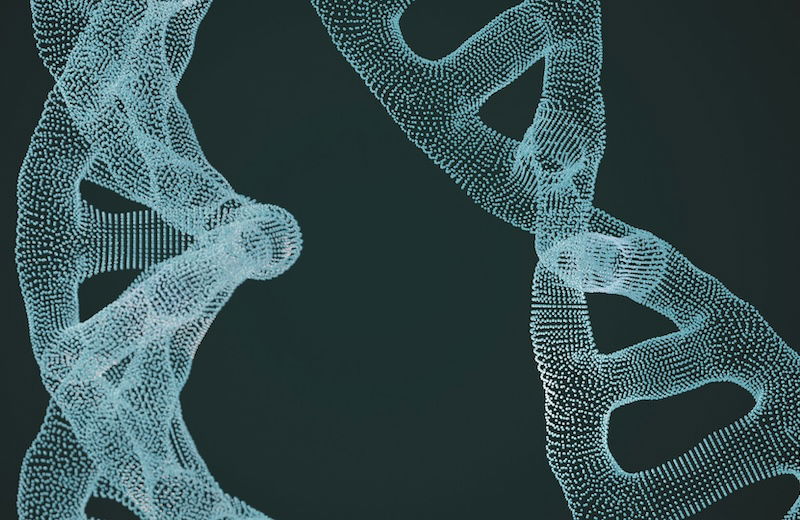
Robots have become an essential part of our world, from factories to space exploration. But the latest frontier in robotics is taking inspiration from the natural world.
Bio-inspired robotics is a rapidly growing field where scientists study animals and plants to design robots that move, adapt, and function in ways similar to living organisms.
These robots are not just about mimicking nature—they are solving real-world problems in ways that traditional machines cannot.
The idea of bio-inspired robotics comes from the observation that nature has already solved many engineering challenges through millions of years of evolution.
For example, birds fly efficiently, octopuses squeeze through tight spaces, and geckos climb smooth walls. By studying these abilities, researchers can design robots that replicate these movements and apply them to human needs.
One fascinating example is robotic arms inspired by octopus tentacles. Unlike stiff traditional robots, these flexible robotic arms can bend and twist in all directions, making them ideal for handling delicate tasks like surgery or underwater exploration.
Researchers from Harvard University recently developed a soft robot arm that mimics the tentacle’s movements using advanced materials and sensors. These robots could revolutionize industries that require precision and adaptability.
Another breakthrough comes from studying insects. Tiny robots modeled after bees and ants are being developed for tasks like pollination, environmental monitoring, and disaster response.
Harvard’s RoboBee, for instance, is a small flying robot that can hover, land, and even swim underwater. While still in the experimental phase, such robots could one day assist in pollinating crops or searching for survivors in disaster zones.
Legged robots, inspired by animals like cheetahs, dogs, and spiders, are also making waves. The robotics company Boston Dynamics has created robots like Spot, a dog-like machine capable of walking on uneven terrain and even climbing stairs.
Meanwhile, MIT researchers have developed a robotic cheetah that can run, jump, and recover from falls, mimicking the agility of its real-life counterpart. These robots have applications in delivery, surveillance, and search-and-rescue missions, where wheels and tracks fall short.
The underwater world is another rich source of inspiration. Fish and marine animals have inspired swimming robots that can explore oceans and lakes with minimal energy use.
For example, a team at the University of Southampton designed a robot that swims like a tuna, achieving efficiency and speed unmatched by traditional underwater drones. These robots are helping scientists map coral reefs, monitor marine life, and even inspect underwater pipelines.
Even plants are influencing robot designs. Engineers have created robots that mimic the way vines grow and grip surfaces.
These robots can climb structures and adapt to their surroundings, which could be useful for building inspection or installing communication equipment in hard-to-reach areas.
While these advancements are exciting, challenges remain. Making robots that are as versatile and efficient as their natural counterparts is a complex task. Robots often require large amounts of power, and replicating the fine-tuned movements of animals is no small feat. However, rapid improvements in materials science, artificial intelligence, and energy storage are helping overcome these barriers.
If you’re intrigued by bio-inspired robotics, here are some practical ways to explore this fascinating field. First, watch documentaries or videos about these robots in action; they’re not only educational but also awe-inspiring.
Second, keep an eye on developments from universities and companies working on bio-inspired robotics, as these innovations often make headlines. Finally, encourage young learners to explore robotics and biology—understanding how nature works can inspire the next generation of inventors.
Bio-inspired robotics is more than just a clever way to design machines—it’s about learning from nature’s ingenuity to create robots that are smarter, more adaptable, and more efficient.
As this field grows, it has the potential to transform industries, protect the environment, and improve the quality of life for people everywhere. With nature as the guide, the possibilities are endless.
Copyright © 2025 Knowridge Science Report. All rights reserved.







Leave a Comment